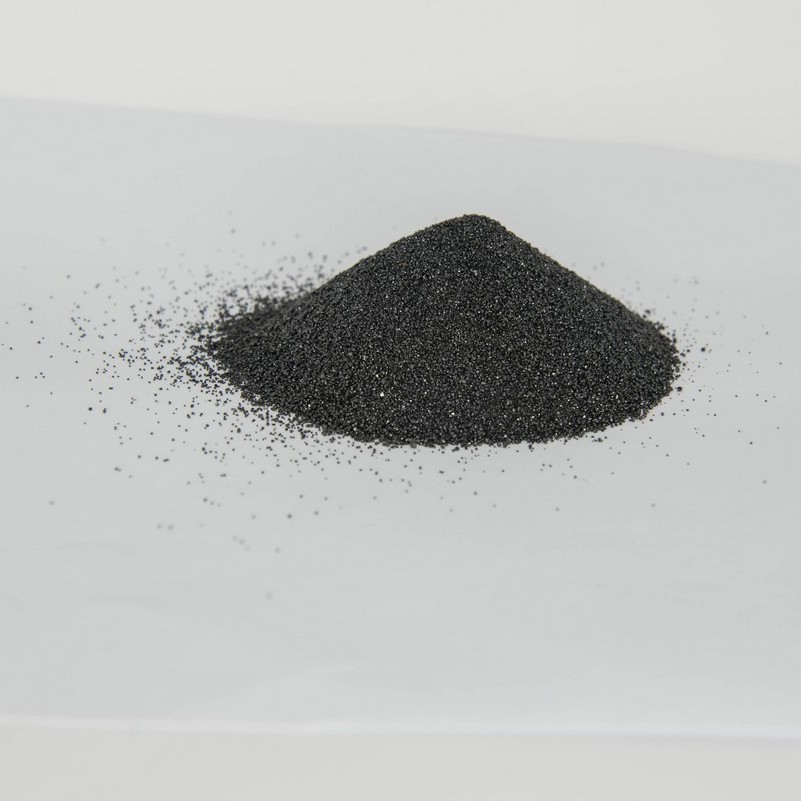Sand casting is a process that utilizes non-reusable sand molds to form metal castings. On one hand, casting is a deceptively simple manufacturing process: anyone who has formed castles at the beach knows sand can be used to make detailed shapes. However in a foundry, dealing with the heat of molten metal, many factors must be considered for success. Casting is used to make metal components of all sizes, ranging from a few ounces to several tons. Sand molds can be formed to create castings with fine exterior detail, inner cores, and other shapes. Nearly any metal alloy can be sand cast. Hollows are made in moistened sand, filled with molten metal, and left to cool.
What is Molding Sand?
Molding sand has three important advantages over other mold materials:
- it is inexpensive,
- it is easily recycled, and
- it can withstand extremely high temperatures.
Sand casting is one of the few available processes for metals with high melting temperatures such as steels, nickel, and titanium. Because of its flexibility, heat resistance, and relatively low cost, sand casting is the most widely used casting process.
Castings are produced by pouring liquid metal into a mold cavity. For a casting to be successful, the mold cavity must retain its shape until the metal has cooled and fully solidified. Pure sand breaks apart easily, but molding sand contains bonding material that increases its ability to resist heat and hold shape.

